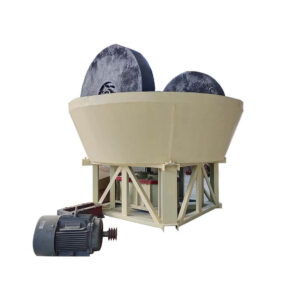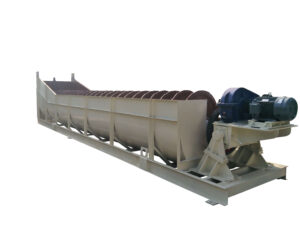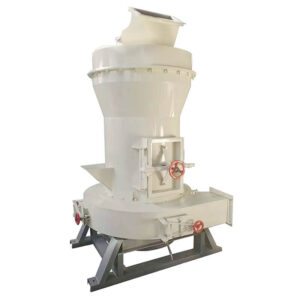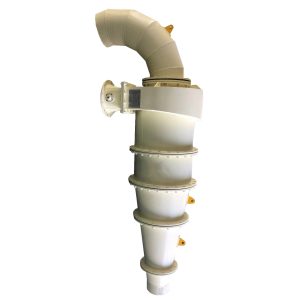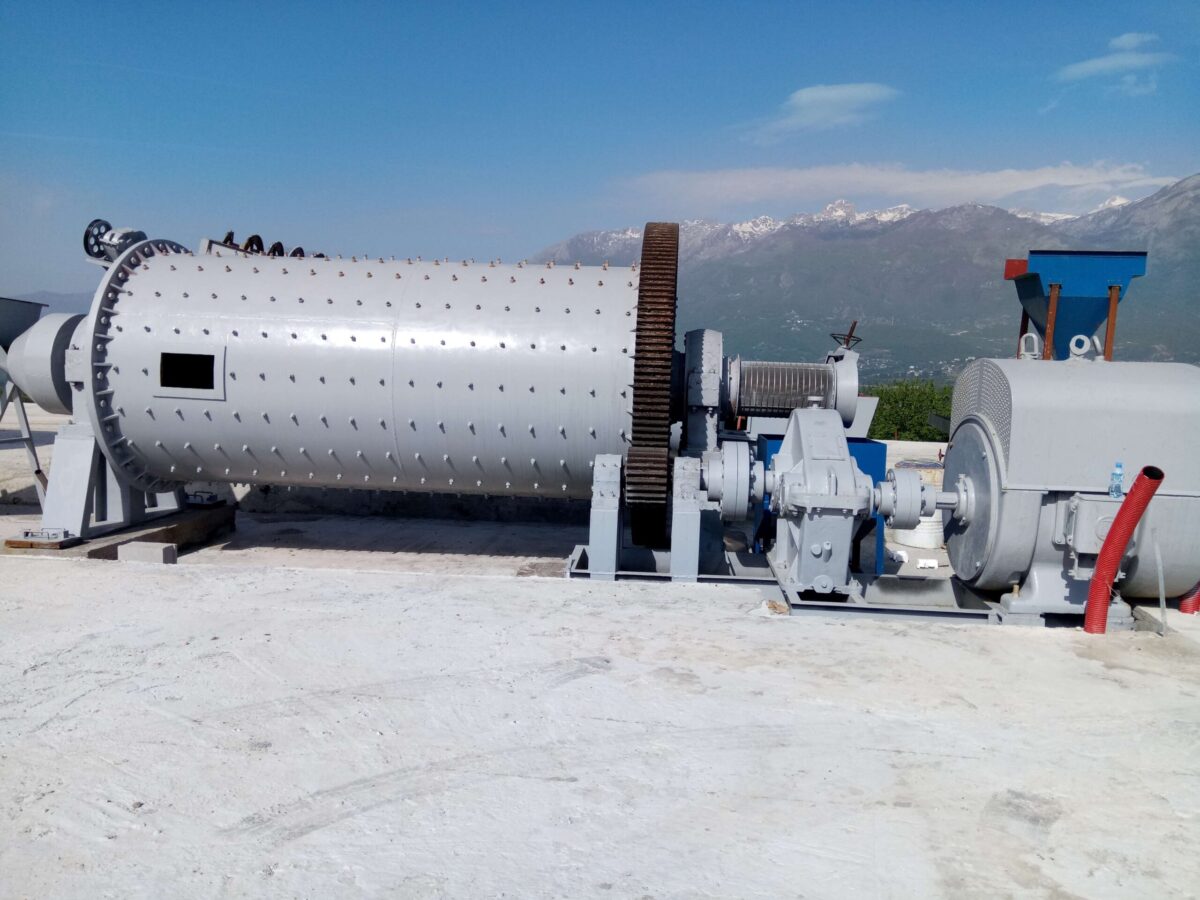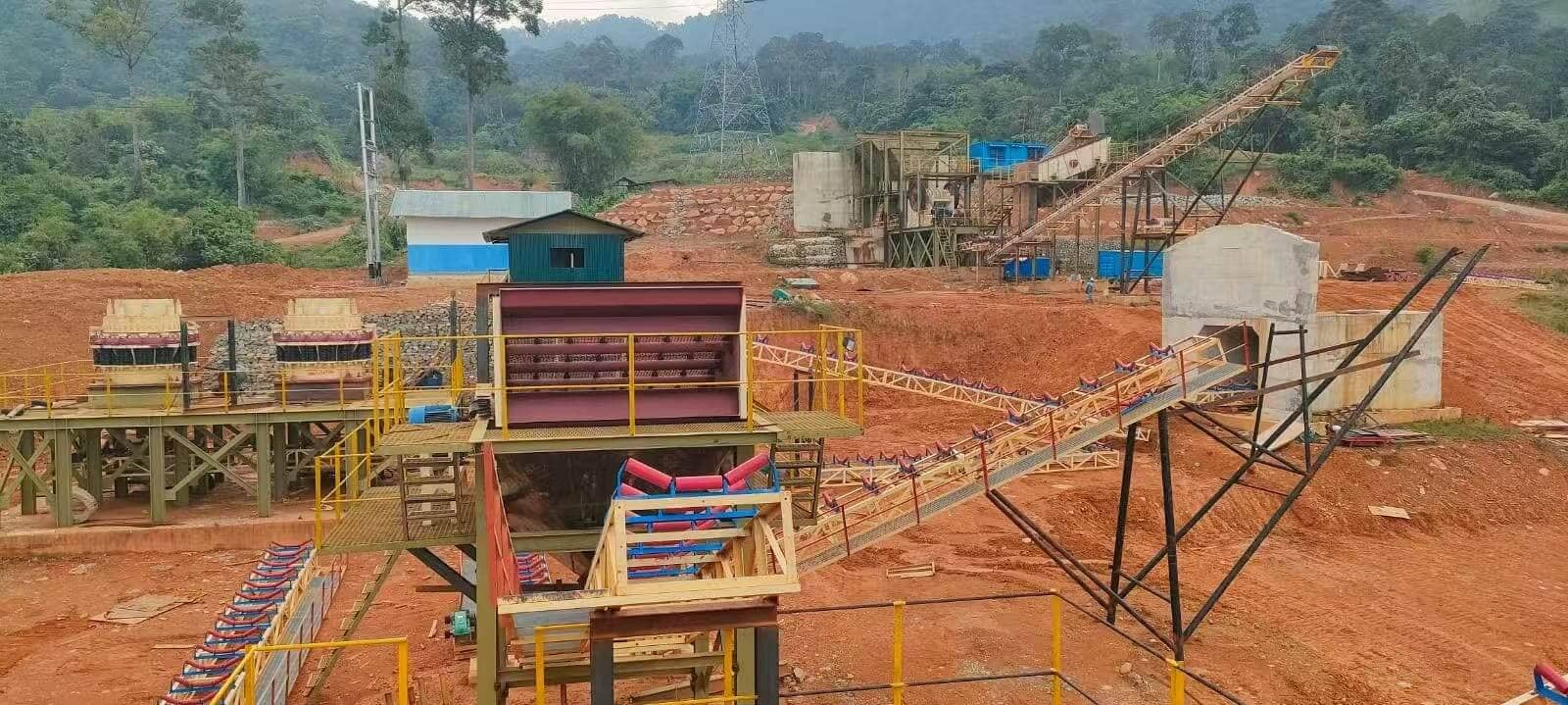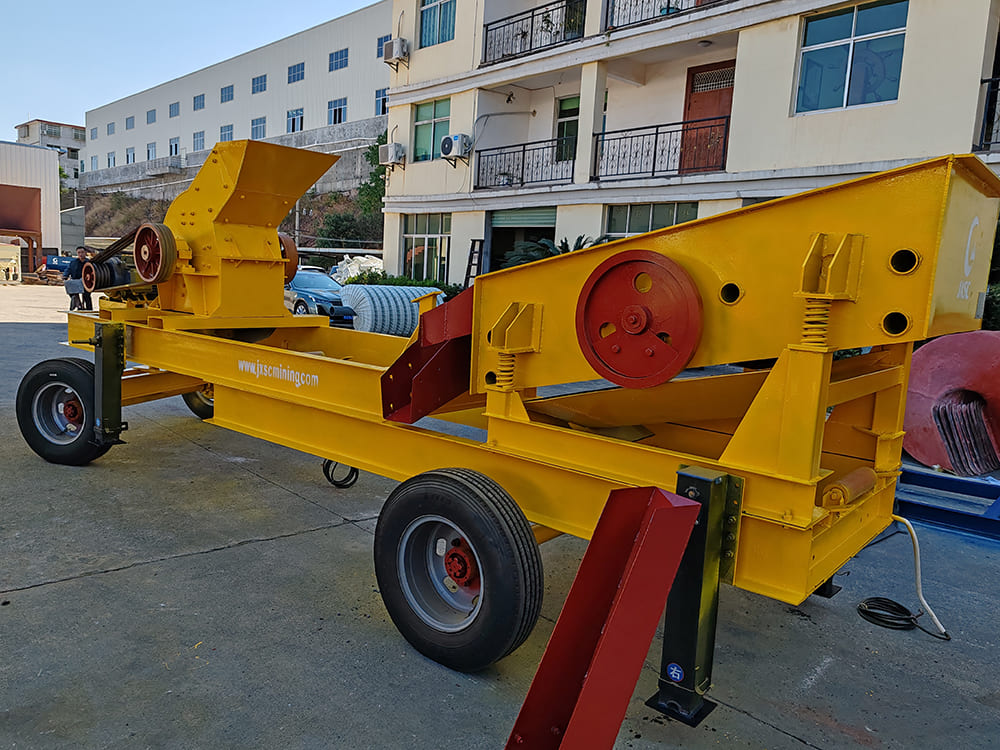Home » Equipment » Grinding & Classifying Equipment » Ball Mill
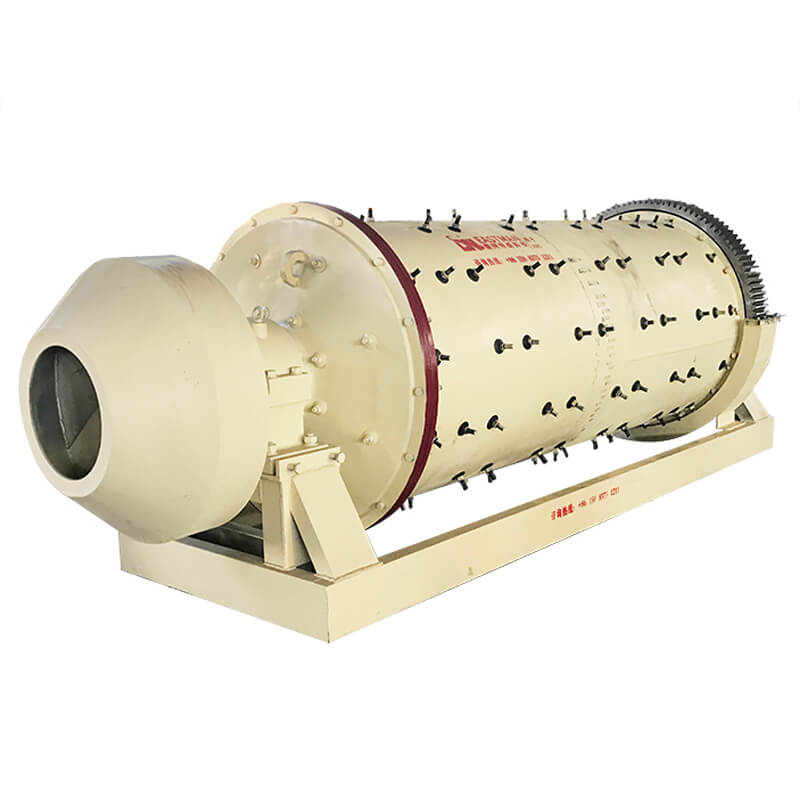
Ball Mill
The ball mill is a widely used grinding equipment in industries such as mining, construction materials, and chemical processing. It is primarily employed for crushing, grinding, mixing, and ultra-fine powder preparation. Utilizing the impact and friction of grinding media (steel or ceramic balls) inside its rotating drum, it efficiently pulverizes materials to target fineness, offering advantages such as high adaptability, large processing capacity, and adjustable particle size.
Capacity: 0.2-90 T/H
Feeding Size: <25mm
Discharge Size: 0.075-0.4mm
Process Material: Metallurgy, mining, building materials, chemical industry, etc.
Ball Mill Overview
Our Ball Mills
Grinding Media Ball: Steel ball, manganese, chrome, ceramic ball, etc.
Common Steel Ball Sizes: 40mm, 60mm, 80mm, 100mm, 120mm.
Ball Mill Liner: Natural rubber plate, manganese steel plate, 50-130mm custom thickness.
The ball mill machine is known as a ball grinding machine. It is a well-known ore grinding machine and is widely used in mining, construction, and aggregate application. JXSC started manufacture the ball mill grinder since 1985, supply globally service includes flow design, manufacturing, installation, and free operation training in mining, grinding, screening, crushing plant.
Ball Mills Types
- According to the discharge type: overflow ball mill, grate discharge ball mill
- According to the grinding conditions: wet milling, dry grinding
- According to the ball mill media.
The Applicable Materials of Different Ball Mills
Wet Grinding: Gold, chrome, tin, coltan, tantalite, silica sand, lead, pebble, and the like mining application.
Dry Grinding: Cement, building stone, power, etc.
Advantages
Ball Mill Advantages
The ball mill machine offers efficient grinding performance for a wide range of applications, ensuring versatile material processing. Designed for durability, it delivers long service life with minimal maintenance requirements, reducing operational downtime. Modern ball mills support automation for improved precision and productivity while enabling continuous operation for industrial-scale processing. With a focus on quality assurance, these machines provide safe, reliable performance while optimizing energy consumption, making them a cost-effective and sustainable solution for the mining and material processing industries.
✔ Broad Applicability: Processes metallic ores, cement clinker, ceramics, and more.
✔ Adjustable Operation: Controls output fineness via rotation speed, media ratio, and filling rate.
✔ Continuous Processing: Supports both wet and dry grinding for mass production.
✔ Long Service Life: Wear-resistant liners and media design ensure 5–10 years of operation.
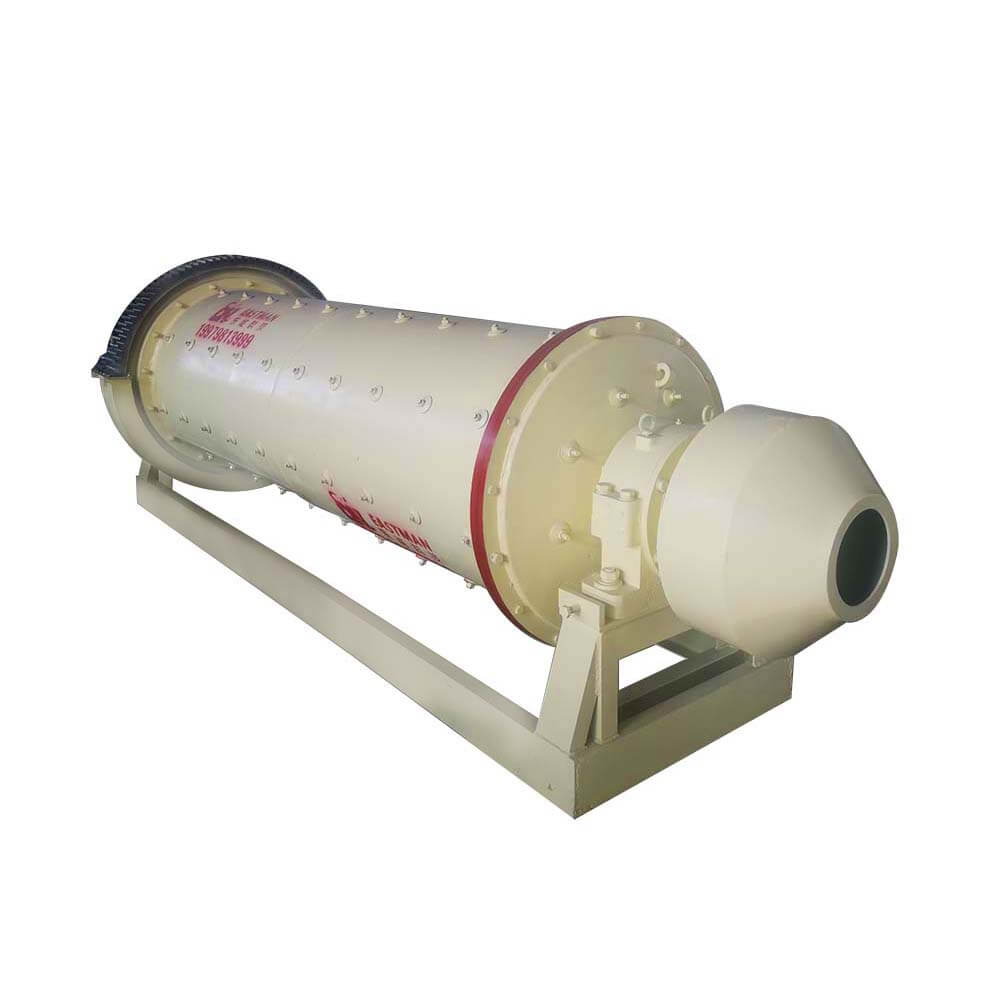
Structures & Working Principle
Overflow Ball Mill Structure
The main parts of a ball mill are motor, reducer, slow drive, power distribution control cabinet, feeding device, main bearing, rotary part, discharging device, transmission part, lubrication system (mainly including high-pressure pump station and low-pressure thin oil station) and other parts.
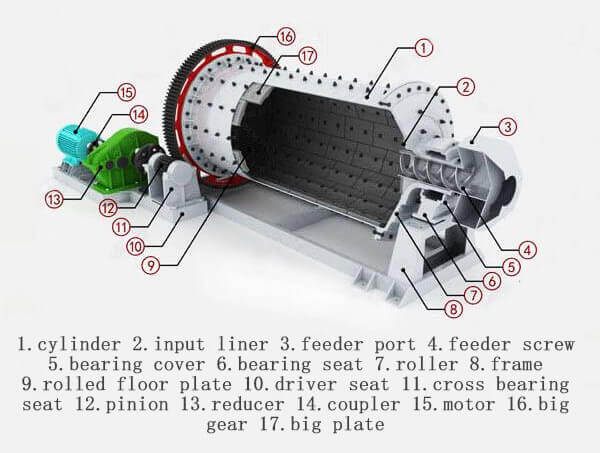
Ball Mill Working Principle
High energy ball milling is a type of powder grinding mill used to grind ores and other materials to 25 mesh or extremely fine powders, mainly used in the mineral processing industry, both in open or closed circuits. Ball milling is a grinding method that reduces the product into a controlled final grind and a uniform size, usually, manganese, iron, steel balls, or ceramic are used in the collision container. The ball milling process is prepared by rod mill, sag mill (autogenous / semi-autogenous grinding mill), jaw crusher, cone crusher, and other single or multistage crushing and screening.
Technical Parameters
| Model | Shell rotation speed (r/min) | Ball load (t) | Feeding size (mm) | Discharging size (mm) | Capacity (t/h) | Motor power (kw) | Weight (t) |
| Ø 900*1800 | 36-38 | 1.5 | < =20 | 0.075-0.89 | 0.65-2 | 18.5 | 4.6 |
| Ø 900*3000 | 36 | 2.7 | < =20 | 0.075-0.89 | 1.1-3.5 | 22 | 5.6 |
| Ø 1200*2400 | 36 | 3 | < =25 | 0.075-0.6 | 1.5-4.8 | 30 | 12 |
| Ø 1200*3000 | 36 | 3.5 | < =25 | 0.074-0.4 | 1.6-5 | 37 | 12.8 |
| Ø 1200*4500 | 32.4 | 5 | < =25 | 0.074-0.4 | 1.6-5.8 | 55 | 13.8 |
| Ø 1500*3000 | 29.7 | 7.5 | < =25 | 0.074-0.4 | 2.0-5.0 | 75 | 15.6 |
| Ø 1500*4500 | 27 | 11 | < =25 | 0.074-0.4 | 3.0-5.0 | 110 | 21 |
| Ø 1500*5700 | 28 | 12 | < =25 | 0.074-0.4 | 3.5-6 | 130 | 24.7 |
| Ø 1830*3000 | 25.4 | 11 | < =25 | 0.074-0.4 | 4.0-10.0 | 130 | 28 |
| Ø 1830*4500 | 25.4 | 15 | < =25 | 0.074-0.4 | 4.5-12 | 155 | 32 |
| Ø 1830*6400 | 24.1 | 21 | < =25 | 0.074-0.4 | 6.5-15 | 210 | 34 |
| Ø 1830*7000 | 24.1 | 23 | < =25 | 0.074-0.4 | 7.5-17 | 245 | 36 |
| Ø 2100*3000 | 23.7 | 15 | < =25 | 0.074-0.4 | 6.5-36 | 155 | 34 |
| Ø 2100*4500 | 23.7 | 24 | < =25 | 0.074-0.4 | 8-43 | 245 | 42 |
| Ø 2100*7000 | 23.7 | 26 | < =25 | 0.074-0.4 | 8-48 | 280 | 50 |
| Ø 2200*4500 | 21.5 | 27 | < =25 | 0.074-0.4 | 9-45 | 280 | 48.5 |
| Ø 2200*6500 | 21.7 | 35 | < =25 | 0.074-0.4 | 14-26 | 380 | 52.8 |
| Ø 2200*7000 | 21.7 | 35 | < =25 | 0.074-0.4 | 15-28 | 380 | 54 |
| Ø 2200*7500 | 21.7 | 35 | < =25 | 0.074-0.4 | 15-30 | 380 | 56 |
| Ø 2400*3000 | 21 | 23 | < =25 | 0.074-0.4 | 7-50 | 245 | 54 |
| Ø 2400*4500 | 21 | 30 | < =25 | 0.074-0.4 | 8.5-60 | 320 | 65 |
| Ø 2700*4000 | 20.7 | 40 | < =25 | 0.074-0.4 | 12-80 | 400 | 94 |
| Ø 2700*4500 | 20.7 | 48 | < =25 | 0.074-0.4 | 12-90 | 430 | 102 |
| Ø 3200*4500 | 18 | 65 | < =25 | 0.074-0.4 | —– | 800 | 137 |

